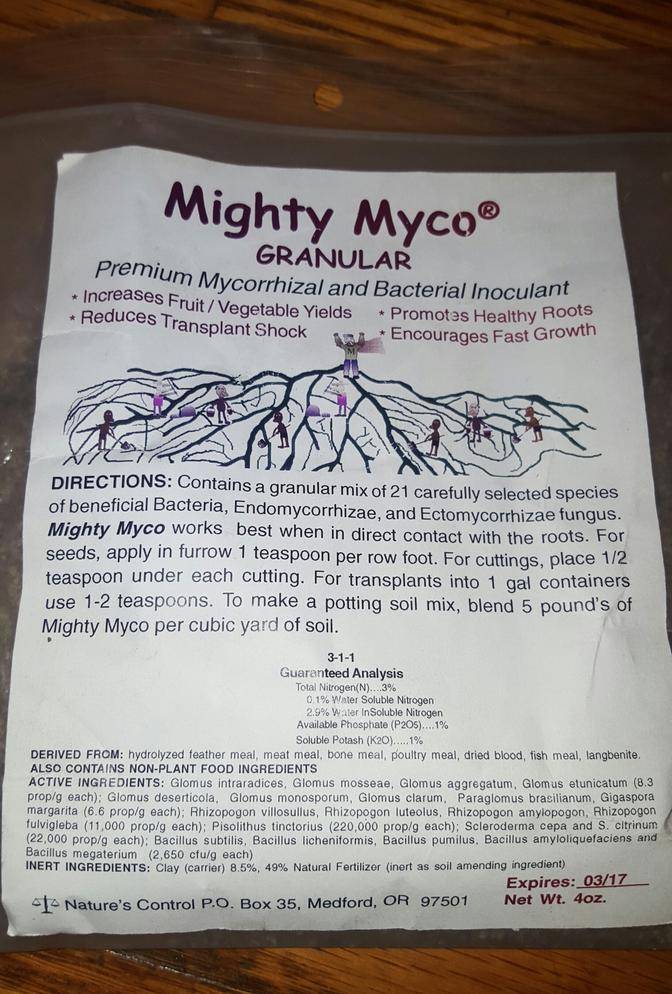shishkaboy
>>>>Beanie Man<<<<
Trying a product, Mighty Myco, for the first time. The results I have seen from the mycorrhizae are amazing. I figured that dipping an aero clone in this product should do the trick.


The directions say to make sure that they make contact with the roots.

This clone was sitting in the aero for a little too long and is gonna need all the help it can get.
The directions say to make sure that they make contact with the roots.
This clone was sitting in the aero for a little too long and is gonna need all the help it can get.
Last edited by a moderator:


